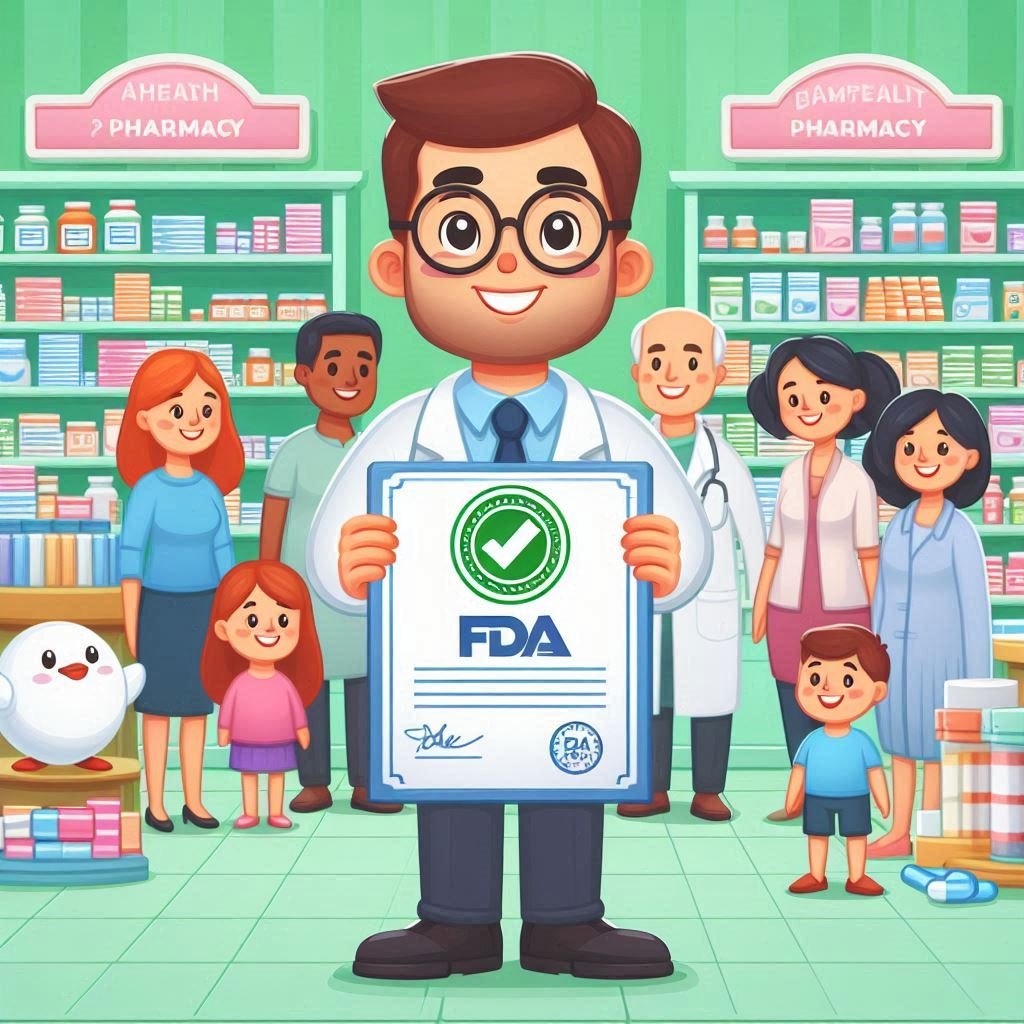10 Essential Steps to Achieve cGMP Certification

cGMP Certification, or Current Good Manufacturing Practice, refers to a set of regulations enforced by the U.S. Food and Drug Administration (FDA) to ensure the quality, safety, and consistency of manufactured products—particularly in the pharmaceutical, food, and medical device industries. While cGMP is not a certification in itself, it represents a mandatory compliance framework that manufacturers must follow. Adhering to cGMP ensures that products are produced under controlled conditions and meet established quality standards.
In industries like pharmaceuticals, food production, dietary supplements, and cosmetics, Current Good Manufacturing Practices (cGMP) are the cornerstone of product quality and consumer safety. Earning a cGMP certification not only proves your compliance but also builds trust with customers, partners, and regulators.
Whether you’re starting a new facility or strengthening existing operations, here’s a practical 10-step roadmap to achieving cGMP certification.
1. Understand What cGMP Means for Your Industry
Before jumping in, clarify which cGMP standards apply to your business. While the FDA provides cGMP guidelines for pharmaceuticals (21 CFR Parts 210 and 211), other sectors have their own tailored versions (e.g., 21 CFR Part 111 for dietary supplements, or ISO 22716 for cosmetics). International equivalents, like WHO-GMP or EU-GMP, may also apply if you plan to export.
Tip:
Engage a regulatory consultant early to help identify the exact scope and requirements based on your product type and market.
2. Perform a Gap Analysis
Assess your current processes, equipment, and documentation against cGMP standards. A gap analysis helps identify where you’re compliant and where improvements are needed.
Deliverables:
- Written gap analysis report
- Risk-based priority list of required changes
3. Establish a Quality Management System (QMS)
A robust QMS is the foundation of cGMP compliance. This includes:
- Documented SOPs (Standard Operating Procedures)
- CAPA (Corrective and Preventive Actions)
- Change control processes
- Internal audits
- Supplier qualification
Tip:
Choose a QMS software system that fits your scale and complexity—or prepare for rigorous manual documentation.
4. Design and Validate Your Facility
Your facility layout, utilities (like HVAC, water, and cleanrooms), and equipment must support cGMP principles:
- Prevent cross-contamination
- Enable proper cleaning
- Ensure traceability and environmental controls
Validation (IQ/OQ/PQ) of equipment and processes is essential before production.
5. Develop & Implement SOPs
Your operations must be guided by well-written SOPs that are:
- Easy to follow
- Approved by quality personnel
- Regularly reviewed and updated
Ensure SOPs cover everything: cleaning, maintenance, documentation, calibration, and batch production.
6. Train Your Team
All employees—from management to line operators—must be trained in cGMP principles relevant to their roles. Training should be:
- Documented
- Conducted regularly
- Assessed for effectiveness
Tip:
Train new hires during onboarding and refresh training annually (or as procedures change).
7. Establish Good Documentation Practices (GDP)
cGMP is all about traceability and control. Your documentation must:
- Be clear, complete, and legible
- Be recorded in real time
- Never be backdated or altered improperly
Follow ALCOA+ principles (Attributable, Legible, Contemporaneous, Original, Accurate, + Complete, Consistent, Enduring, and Available).
8. Perform Internal Audits
Before bringing in a third-party auditor, perform your own internal audits. Evaluate:
- Compliance with SOPs
- Data integrity
- Equipment logs
- Quality control records
- Training records
Tip:
Create a corrective action plan (CAPA) to address any non-conformities.
9. Choose a Reputable Certification Body
Select a qualified and recognized third-party certification agency experienced in your sector. Examples include:
- NSF International
- SGS
- Eurofins
- TÜV SÜD
Work closely with the auditor to prepare for inspection day.
10. Pass the cGMP Audit & Maintain Compliance
The final audit will evaluate your QMS, documentation, facility, and staff. After passing:
- Address any observations with a CAPA plan
- Maintain daily compliance (cGMP is a continuous commitment)
- Be ready for unannounced inspections or re-certifications
Conclusion
Achieving cGMP certification is not a one-time event—it’s a cultural and operational shift toward quality, safety, and accountability. By following these 10 essential steps, you’ll be positioned not just for certification, but for long-term success in a highly regulated market.
If you’re just starting your cGMP journey, consider working with consultants or firms that specialise in regulatory compliance. Investing in quality early always pays off.
Related
FAQs
How long does it take to get cGMP certified?
The timeline for cGMP certification varies based on your facility’s readiness, the complexity of your operations, and the certification body. On average, it can take 3 to 12 months, including time for preparation, implementation of systems, training, and passing the audit.
Is cGMP certification mandatory?
cGMP compliance is mandatory for regulated industries like pharmaceuticals and dietary supplements in many countries, including the U.S. However, third-party cGMP certification is often voluntary and used to demonstrate commitment to quality and gain market trust, especially in international trade.
Further Reading


